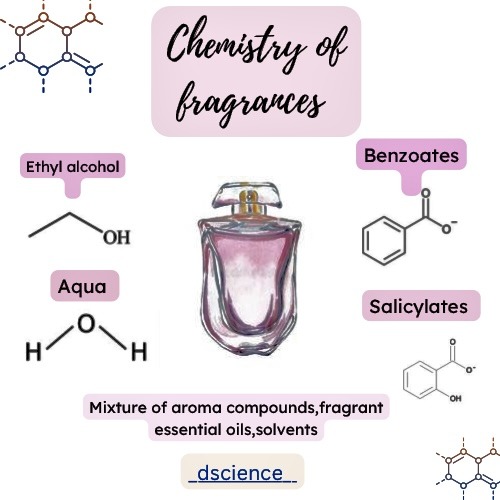Fragrances: A Journey through History, Composition, and Types


Fragrances have been an integral part of human civilization for centuries. From the ancient Egyptians to modern-day perfumers, the allure of scents has captivated our senses. In this blog post, we will explore the fascinating history of fragrances, delve into their composition and the chemicals used, and discover the different types of fragrances available today.
The History of Fragrances
The use of fragrances dates back to ancient times. The Egyptians were known for their extensive use of perfumes, using them in religious rituals and everyday life. Fragrances were also highly valued in ancient Greece and Rome, where they were associated with luxury and social status.
During the Middle Ages, fragrances fell out of favor in Europe, but their popularity resurged during the Renaissance period. Perfumers began experimenting with new ingredients and techniques, leading to the development of more complex and refined scents.
In the 19th century, the industrial revolution brought about significant advancements in fragrance production. Synthetic fragrances were introduced, making perfumes more affordable and accessible to a wider audience.
The Composition of Fragrances
Fragrances are composed of a blend of aromatic compounds, essential oils, and solvents. The three main components of a fragrance are:
Top Notes: These are the initial scents that are perceived immediately upon application. They are usually light and refreshing, but they evaporate quickly.
Heart Notes: Also known as the middle notes, these scents become noticeable after the top notes have faded. They form the main body of the fragrance and are often floral or fruity.
Base Notes: These scents are the foundation of the fragrance and are responsible for its longevity. They are usually rich and deep, such as woody or musky notes.
The combination of these notes creates a harmonious fragrance that evolves over time on the skin.
Chemicals in Fragrances
Fragrances can contain a wide range of chemicals, both natural and synthetic. Some common natural ingredients include essential oils extracted from flowers, fruits, and spices. Synthetic chemicals are often used to mimic natural scents or create entirely new ones.
However, it is important to note that some individuals may have sensitivities or allergies to certain fragrance chemicals. It is advisable to check the ingredient list before purchasing a fragrance and opt for hypoallergenic or natural alternatives if necessary.
Types of Fragrances
Fragrances can be classified into various categories based on their concentration and scent profile:
Perfume: Also known as parfum, it has the highest concentration of fragrance oils and lasts the longest.
Eau de Parfum: This is a slightly lighter version of perfume and is commonly used in women's fragrances.
Eau de Toilette: It has a lower concentration of fragrance oils and is often used in men's fragrances.
Eau de Cologne: This type of fragrance has a lower concentration of oils and is typically fresh and light.
Additionally, fragrances can be categorized based on their scent families, such as floral, oriental, woody, or citrus.
The Fragrance Wheel
The fragrance wheel is a tool used by perfumers to classify scents and help consumers identify their preferred fragrance families. It consists of four main categories: floral, oriental, woody, and fresh. Each category is further divided into subcategories, allowing for a more nuanced understanding of fragrance profiles.
Understanding the fragrance wheel can assist individuals in choosing a fragrance that aligns with their personal preferences and complements their body chemistry.
Fragrances have a rich history that spans across civilizations. From the ancient Egyptians to the modern fragrance industry, scents have played a significant role in our lives. Understanding the composition, chemicals, and types of fragrances can enhance our appreciation for these olfactory delights and help us find the perfect scent for every occasion.
